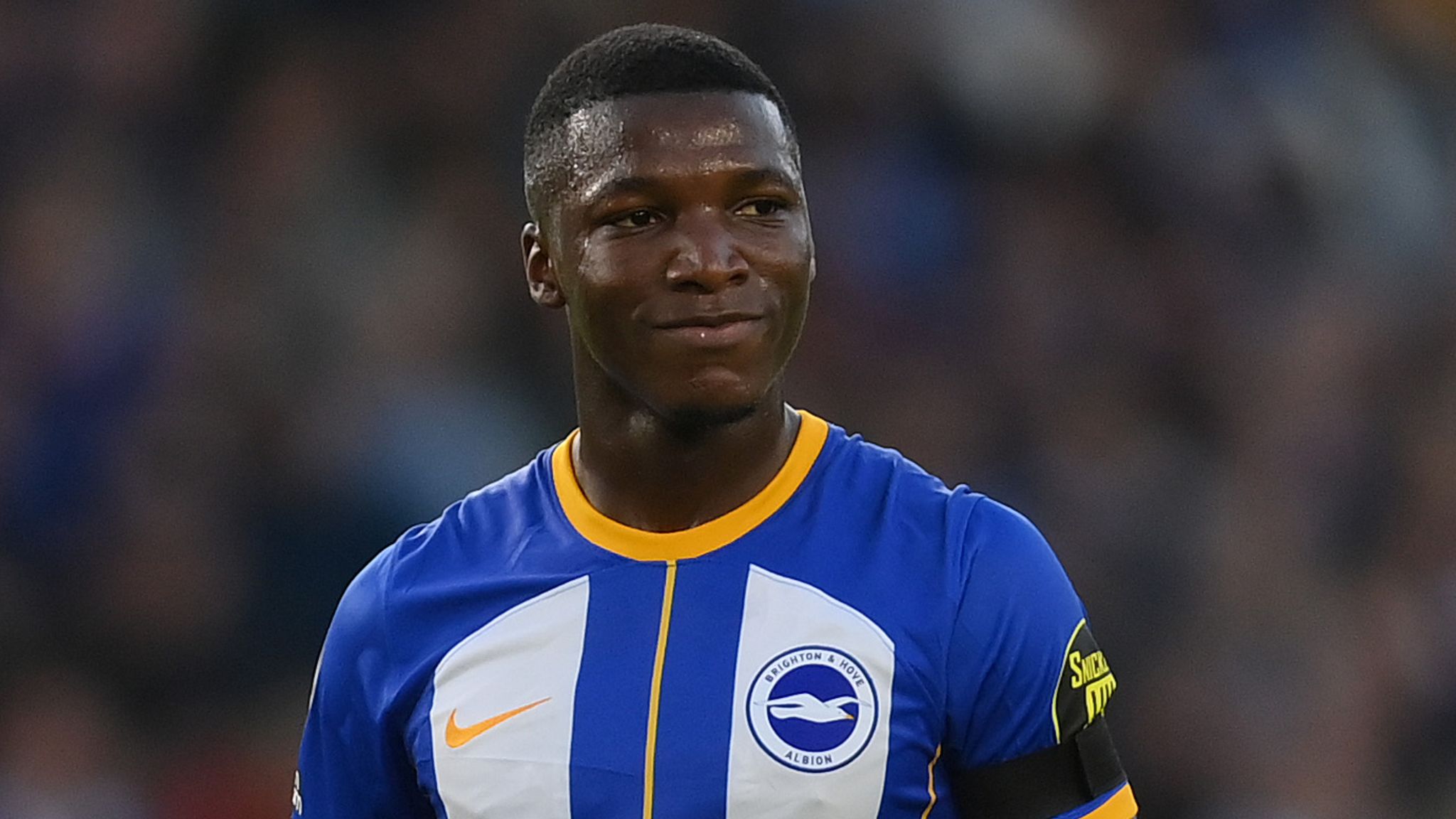In a world where football’s elite chase €100 million transfers, Brighton & Hove Albion has quietly mastered a different game: spotting world-class talent before the rest of Europe even notices. Their model has turned undervalued players into Premier League stars — and huge profits.
But what exactly makes Brighton the smartest buyer in football? And can other clubs replicate their success?
The Numbers Behind the Magic
Brighton’s recent track record is astonishing:
| Player | Bought For | Sold For | Profit |
| Moisés Caicedo | €5M (2021) | €116M (2023, to Chelsea) | €111M |
| Alexis Mac Allister | €8M (2019) | €42M (2023, to Liverpool) | €34M |
| Marc Cucurella | €18M (2021) | €65M (2022, to Chelsea) | €47M |
| Yves Bissouma | €17M (2018) | €30M (2022, to Spurs) | €13M |
In total, Brighton earned over €230 million in profit on just four players within 2–4 years of signing them.
This is not luck. It’s strategy.
Elite Scouting, Powered by Data
Brighton’s scouting department is not built on instinct alone. It is heavily driven by data analytics.
Led by Technical Director David Weir, and built on the legacy of Dan Ashworth (now at Newcastle), the club uses platforms like Wyscout, SciSports, and its own advanced proprietary models to analyze thousands of players globally. They track not just performance, but contextual performance — meaning how a player behaves in different systems, under different pressures, and even how quickly they adapt after a transfer.
Brighton’s scouting network reportedly tracks players across more than 30 leagues, including the Ecuadorian Serie A, Belgian Pro League, and South American youth competitions — markets often ignored or not taken as seriously by Europe’s elite.
Buying Early, Betting Smart
The club’s model is simple: buy young, cheap, and early, before prices explode.
Take Moisés Caicedo. Brighton signed him at 19 from Ecuador’s Independiente del Valle for just €5M, while Manchester United hesitated. Within two years, Chelsea paid over €116M — the most expensive midfield signing in Premier League history.
Similarly, Alexis Mac Allister was picked up from Argentina’s Argentinos Juniors at age 20 — a move few top-tier clubs even considered at the time.
Brighton doesn’t wait for a player to shine in Europe. They identify high ceilings and back their system to develop them.
Coaching Alignment & Development
Unlike many clubs that buy first and then figure out how to fit a player in, Brighton’s recruitment and coaching are fully aligned.
Managers like Graham Potter and Roberto De Zerbi have bought into the philosophy of nurturing talent. The club provides clear pathways for young players — including minutes in cup competitions, loan stints abroad (like Simon Adingra at Union SG), and tactical roles that accelerate learning.
When a player arrives at Brighton, they’re not just signed — they’re fully integrated into their system.
Patience in the Market
Brighton rarely buys to fix a short-term crisis. They anticipate needs 2-3 windows in advance.
For example, they signed Julio Enciso, Simon Adingra, and Facundo Buonanotte before major exits happened — building depth while their stars still performed. That’s why when Caicedo or Mac Allister leave, the system doesn’t collapse.
This planning mindset is rare in football, where many clubs operate window-to-window.
Can Other Clubs Copy Brighton?
In theory: yes. In practice: not easily.
Here’s why it’s hard to replicate:
- Structure & Patience: Many clubs face pressure from fans, boards, or media to deliver now. Brighton’s model requires long-term thinking — not every club (and especially not top european clubs) can afford to wait 18 months for a signing to mature.
- Data Investment: Brighton has built a culture where data is trusted across the club. Simply buying software or hiring analysts isn’t enough if the final decisions don’t use that input.
- Stability: Chairman Tony Bloom has been in charge since 2009. His deep understanding of risk (he made his fortune in professional gambling and analytics) allows for consistency few clubs can match.
- Scouting Network: Brighton’s reach in South America and Africa isn’t just about watching games — it’s about building relationships and understanding context. That takes years.
Final Take
Brighton isn’t just “good at scouting.” They’ve created a scouting system that is structured, aligned, and optimized for growth — both sporting and financial. It’s one of the most efficient talent engines in world football.
While other clubs may try to follow their strategy, replicating Brighton means more than finding the next Caicedo. It means committing to process, resisting pressure, and betting on vision.
In today’s football economy, that can be harder than it looks.

